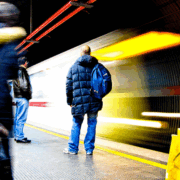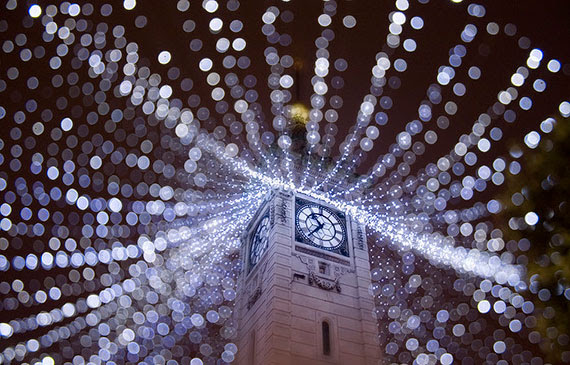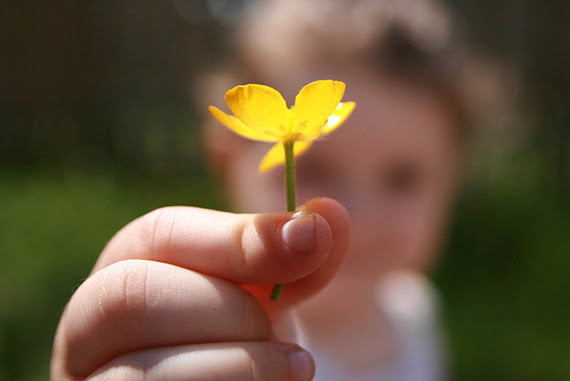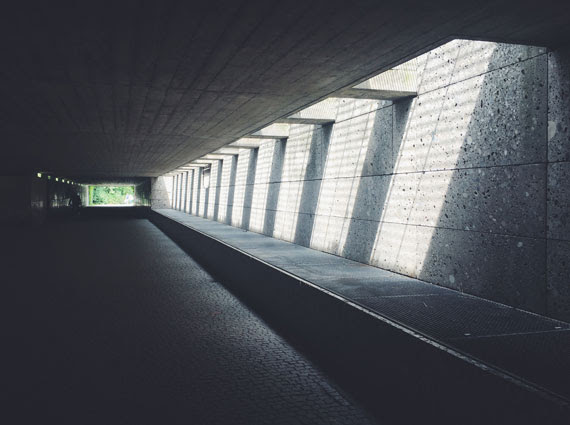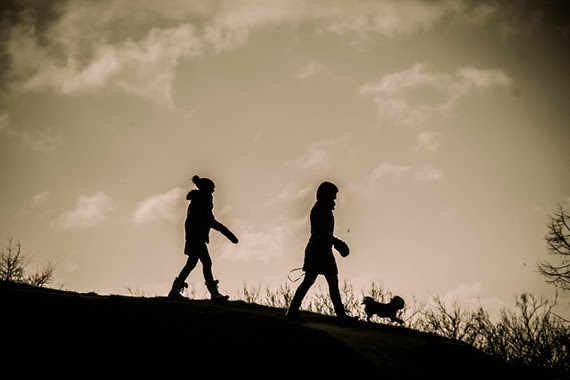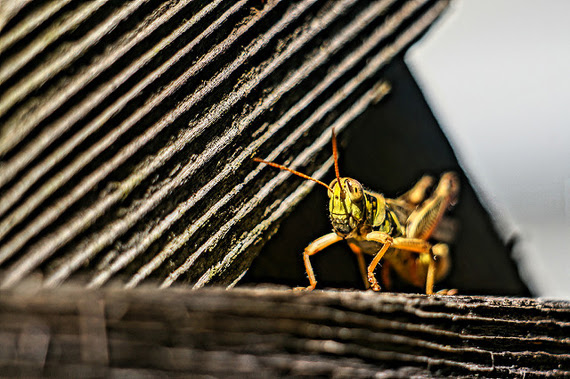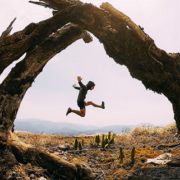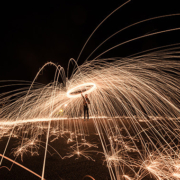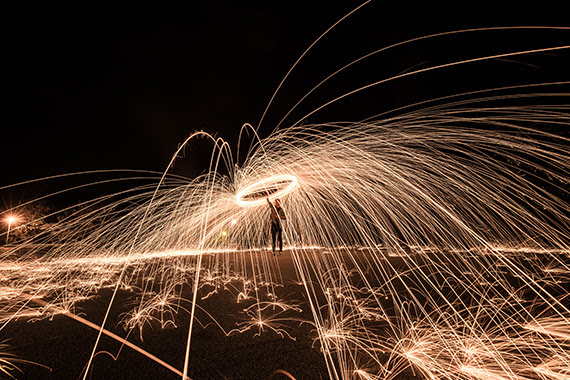How to Set Up the Ultimate Travel Photography Backpack
Embarking on a photography adventure? Whether you’re scaling the misty mountains of Scotland or navigating the bustling streets of Tokyo, having a well-prepared travel photography backpack is essential. In this post, we’ll guide you through setting up your ultimate travel photography kit, ensuring you’re equipped and ready to capture those once-in-a-lifetime shots.

. Choosing the Right Backpack:
The foundation of your travel photography gear is the backpack. Look for something durable, weather-resistant, and comfortable to carry. Size matters too; it should be spacious enough to fit your gear but compact enough to meet airline carry-on requirements. Consider backpacks with customizable compartments to securely fit your camera equipment.
2. Camera and Lenses:
Your camera is your most important tool. Whether you prefer a DSLR, mirrorless, or a compact camera, ensure it’s up to the task. Pack lenses that cover a range of focal lengths; a wide-angle lens for landscapes, a standard zoom for general purposes, and maybe even a telephoto lens for distant subjects. Don’t forget lens cleaning kits to keep your shots spotless.
3. Tripod:
A lightweight compact tripod is a game-changer for travel photography. It’s essential for long exposure shots, night photography, and self-portraits. Look for one that’s sturdy yet folds down small enough to easily fit in your backpack.
4. Extra Batteries and Memory Cards:
You don’t want to miss a shot because you ran out of battery or memory. Pack extra batteries and memory cards, and consider a portable charger for emergencies.
5. Filters:
Filters can be useful in certain situations. A polarizing filter is great for reducing reflections and enhancing colors, while neutral density filters allow for longer exposure times in bright light.
6. Laptop or Tablet:
For longer trips, consider bringing a laptop or tablet for editing and backing up photos. Ensure it’s lightweight and has a good battery life. Don’t forget the external hard drive for extra storage.
7. Personal Comfort and Safety:
Pack for personal comfort and safety. This includes weather-appropriate clothing, a water bottle, sunscreen, and snacks. If you’re venturing into remote areas, a first-aid kit and a multi-tool can be lifesavers.
8. Miscellaneous Essentials:
Don’t forget the small stuff – lens cloths, a notebook and pen for jotting down details, and plastic bags to protect your gear in unexpected rain.
9. Customizing Your Pack:
Customize your pack based on your destination and the type of photography you plan to do. For wildlife photography, more telephoto lenses might be necessary. For urban landscapes, perhaps a few fast prime lenses.
Packing the ultimate travel photography backpack is about balancing the need for equipment with the need for mobility. Every item in your backpack should serve a purpose. With careful planning and the right gear, you’ll be well-equipped to capture stunning images that tell the story of your travels. Happy shooting!

